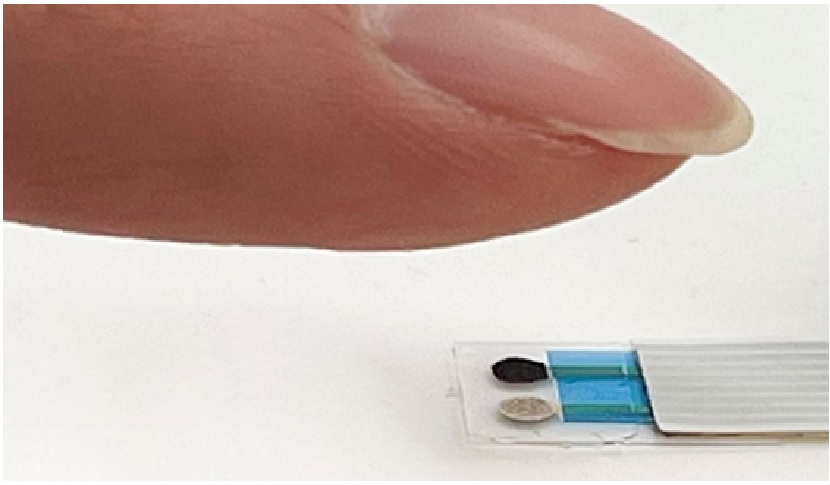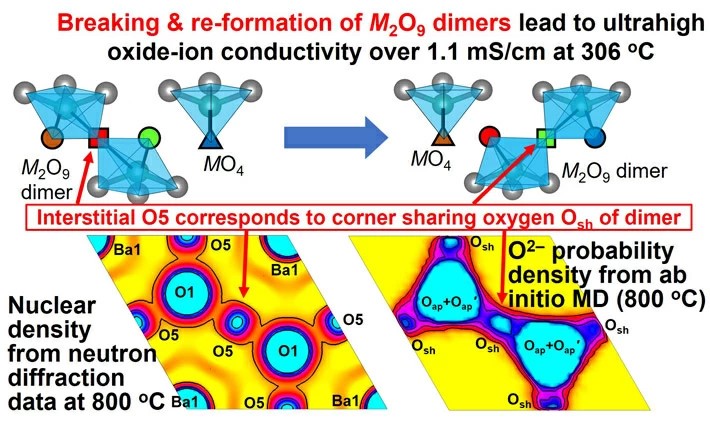The Particle Accelerator Reinvented: Compact, Powerful, and Ready to Transform Science
A team of researchers from The University of Texas at Austin, in collaboration with national laboratories, European universities, and TAU Systems Inc., has introduced a breakthrough in accelerator technology. They have unveiled a compact particle accelerator, measuring less than 20 meters in length, capable of achieving high electron energies of 10 billion electron volts (10 GeV). This development is significant as traditional accelerators, which are essential for various applications such as semiconductor technology, medical imaging, and materials research, typically require much larger spaces, often spanning kilometers. The compact design of this particle accelerator opens up new possibilities for advancements in medical, scientific, and technological fields, offering a more cost-effective and space-efficient solution compared to conventional counterparts. Currently, there are only two other accelerators in the U.S. capable of reaching similar high electron energies, but both are approximately 3 kilometers long.

Figure 1. The Particle Accelerator Reinvented: Compact, Powerful, and Ready to Transform Science
Figure 1 Shows the Particle Accelerator Reinvented: Compact, Powerful, and Ready to Transform Science Bjorn "Manuel" Hegelich, an associate professor of physics at The University of Texas at Austin and CEO of TAU Systems, emphasized the significance of their compact particle accelerator, stating, "We can now reach those energies in 10 centimeters," referring to the size of the chamber where the high-energy electron beam was produced. Hegelich is the senior author of the research paper published in the journal Matter and Radiation at Extremes.
The research team, led by Hegelich, is actively exploring various applications for their advanced wakefield laser accelerator. Potential uses include testing the resilience of space-bound electronics against radiation, imaging the 3D internal structures of new semiconductor chip designs, and developing innovative cancer therapies and advanced medical imaging techniques. This breakthrough in accelerator technology not only offers a more efficient and cost-effective solution but also opens up possibilities for advancements across diverse scientific and technological domains.
The compact particle accelerator, known as an advanced wakefield laser accelerator, has the potential to drive an X-ray free electron laser—a device capable of capturing slow-motion movies of atomic or molecular processes. This technology could be applied to observe intricate processes on a microscopic scale, such as drug interactions with cells, changes within batteries that may lead to fires, chemical reactions in solar panels, and the transformation of viral proteins during cell infection.
The technical advancements behind this accelerator involve the use of wakefield laser accelerators, a concept first described in 1979. In this process, an exceptionally powerful laser strikes helium gas, turning it into plasma and generating waves that propel electrons into a high-energy beam. The recent breakthrough by Hegelich and his team incorporates nanoparticles into the process. An auxiliary laser targets a metal plate within the gas cell, injecting metal nanoparticles that enhance the energy transferred to electrons from the waves.
The analogy is drawn to a boat leaving a wake as it moves across a lake, with electrons riding the plasma wave like surfers. This innovative approach demonstrates a significant step forward in accelerator technology, with potential applications spanning diverse fields, from fundamental research to practical applications in medicine, materials science, and beyond.
Bjorn "Manuel" Hegelich likened the process of their wakefield laser accelerator to the way wake surfers are assisted by Jet Skis, stating, "It’s hard to get into a big wave without getting overpowered, so wake surfers get dragged in by Jet Skis. In our accelerator, the equivalent of Jet Skis are nanoparticles that release electrons at just the right point and just the right time, so they are all sitting there in the wave. We get a lot more electrons into the wave when and where we want them to be, rather than statistically distributed over the whole interaction, and that’s our secret sauce."
The researchers conducted the experiment using the Texas Petawatt Laser, one of the world's most powerful pulsed lasers, housed at UT. This laser fires ultra-intense pulses of light, with a single petawatt laser pulse containing about 1,000 times the installed electrical power in the U.S. but lasting only 150 femtoseconds. Despite the immense power, the team's long-term goal is to utilize a more compact tabletop laser they are developing. This laser can fire repeatedly at thousands of times per second, making the entire accelerator system much more compact and applicable in a broader range of settings compared to conventional accelerators.
Source: SciTechDaily
Cite this article:
Janani R (2023), The Particle Accelerator Reinvented: Compact, Powerful, and Ready to Transform Science, AnaTechMaz, pp.300















